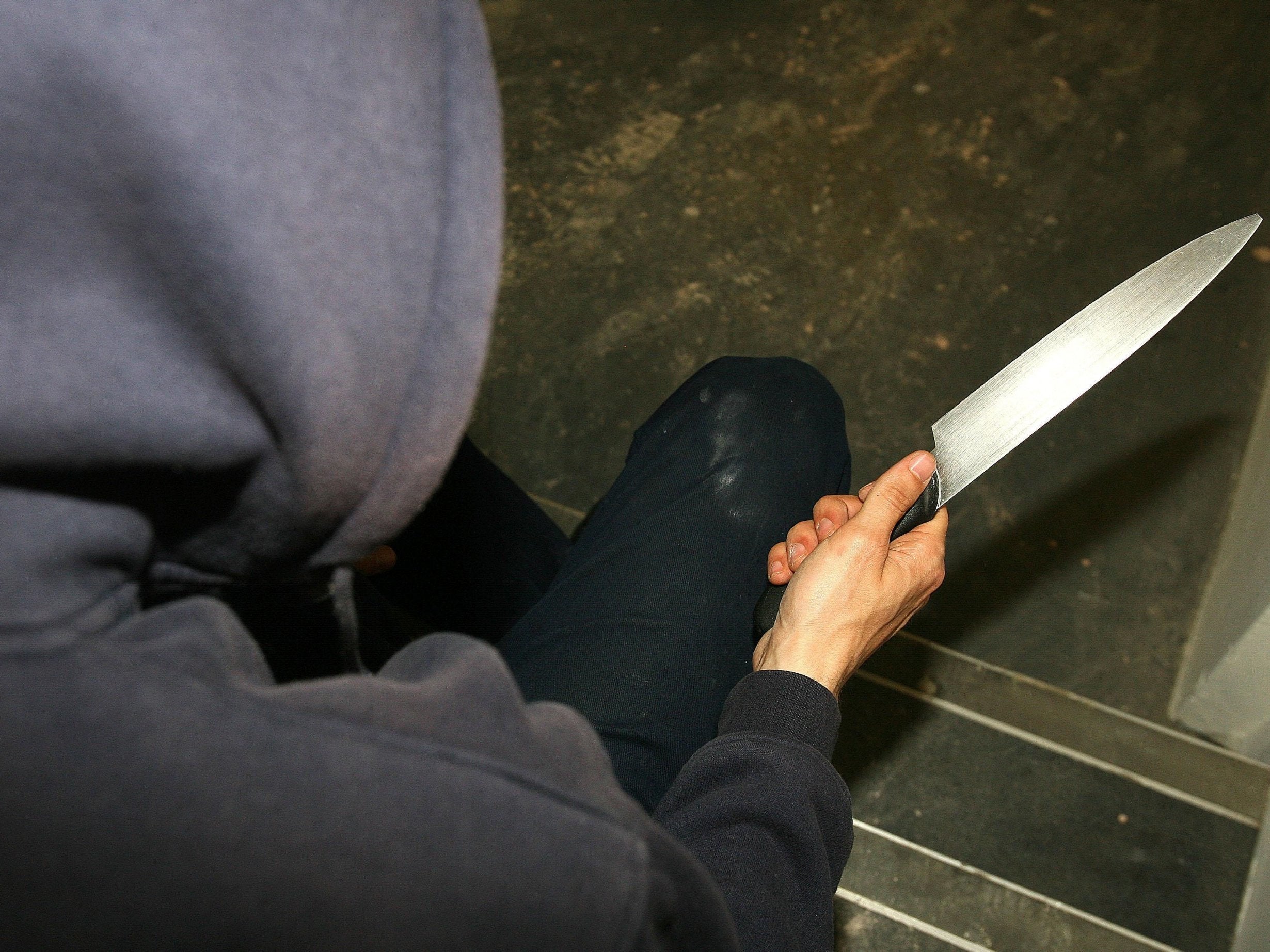Met Police could predict where London knife attacks will happen next, say researchers
Improved data analysis could offer insight into neighbourhoods most at risk of deadly violence, study indicates

Police in London could predict where knife killings are most likely to happen by better analysing non-fatal stabbing data from the previous year, a new study suggests.
Research indicates that neighbourhoods where there have been significant numbers of knife assaults in one year are more likely to experience an increase in deadly attacks the next.
Killings could be reduced by using these patterns to increase patrols in those areas found to be most at risk, the study’s authors say.
The research – published in the Cambridge Journal of Evidence-Based Policing on Monday – comes just a fortnight after Theresa May held a so-called knife crime summit at Downing Street amid rising concerns about the increase in stabbings across the country.
Much of the data used was compiled by a single Metropolitan Police detective manually geo-coding where all 3,506 non-fatal knife attacks committed in the capital in 2016-17 took place.
This was then compared to the locations of the 97 knife homicides in 2017-18 – with the correlation emerging.
"If assault data forecasts that a neighbourhood is more likely to experience knife homicide, police commanders might consider everything from closer monitoring of school exclusions to localised use of stop-and-search," said study co-author Professor Lawrence Sherman from the University of Cambridge.
"Better data is needed to fight knife homicide. The current definition of knife crime is too broad to be useful, and lumps together knife-enabled injuries with knife threats or even arrests for carrying knives."
Rank and file officers have repeatedly complained that cuts to police funding have meant that analysis of crime figures – considered vital in future prevention – has been increasingly neglected.
Prof Sherman said: “Police IT is in urgent need of refinement. Instead of just keeping case records for legal uses, the systems should be designed to detect crime patterns for prioritising targets.
"We need to transform IT from electronic filing cabinets into a daily crime forecasting tool."
In the study, each assault was coded to a local census areas, some as small as just a few football fields.
More than half of London’s 2,781 areas had no knife assaults at all in the first year. Of these areas, only one per cent saw a homicide in year two.

But of the 41 neighbourhoods that had six or more injuries from knife assaults in the first year, 15 per cent went on to suffer a killing the following year.
The researchers argue that this reveals a large increase in homicide risk.
Detective Chief Inspector John Massey, who mapped the data, said: "These findings indicate that officers can be deployed in a smaller number of areas in the knowledge that they will have the best chances there to prevent knife-enabled homicides."
The study cautioned that using data to focus on assault hotspots is not a fix-all solution, but said it could "enhance the effectiveness of scarce resources" when combined with intelligence-gathering on the streets.